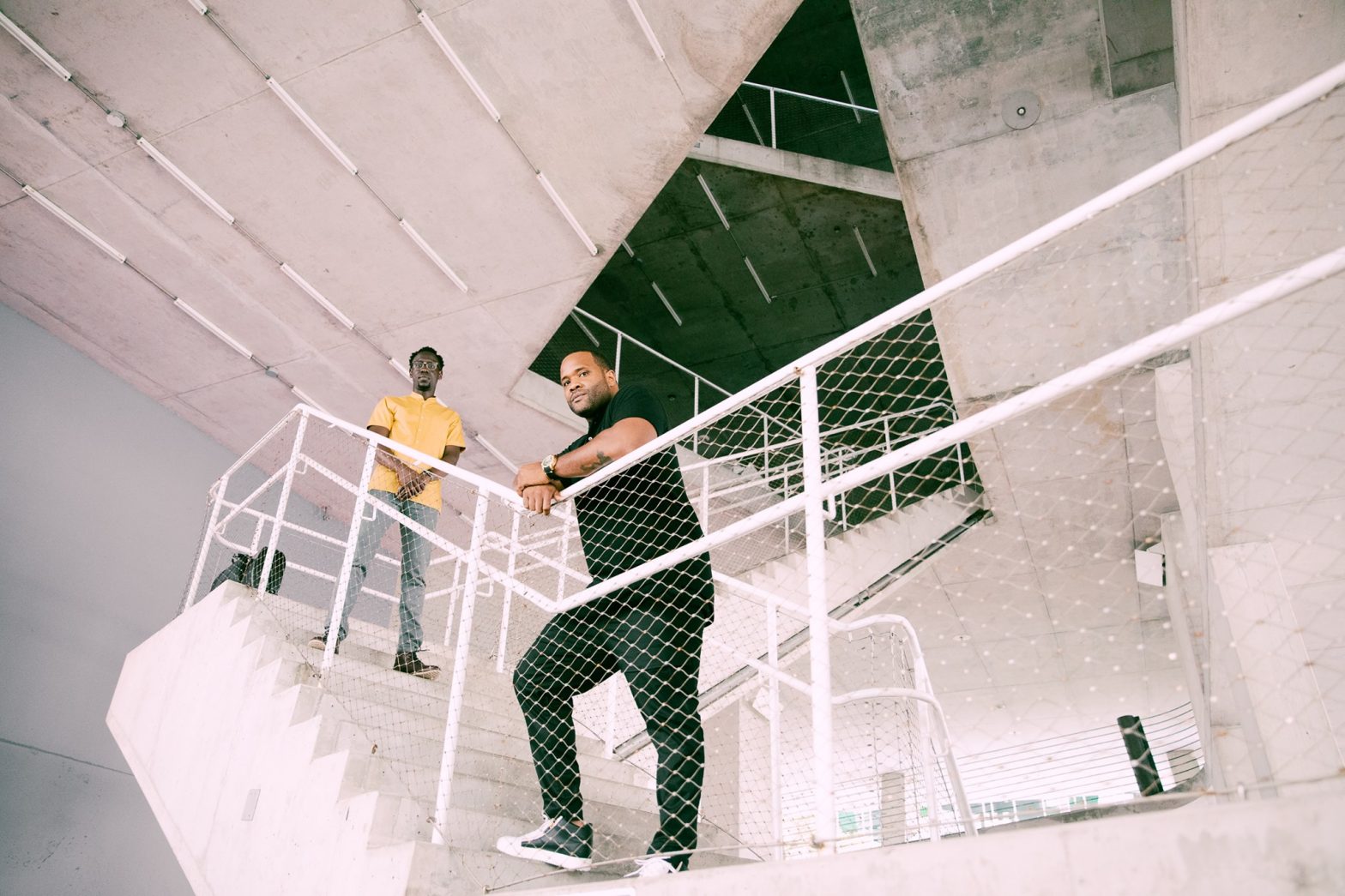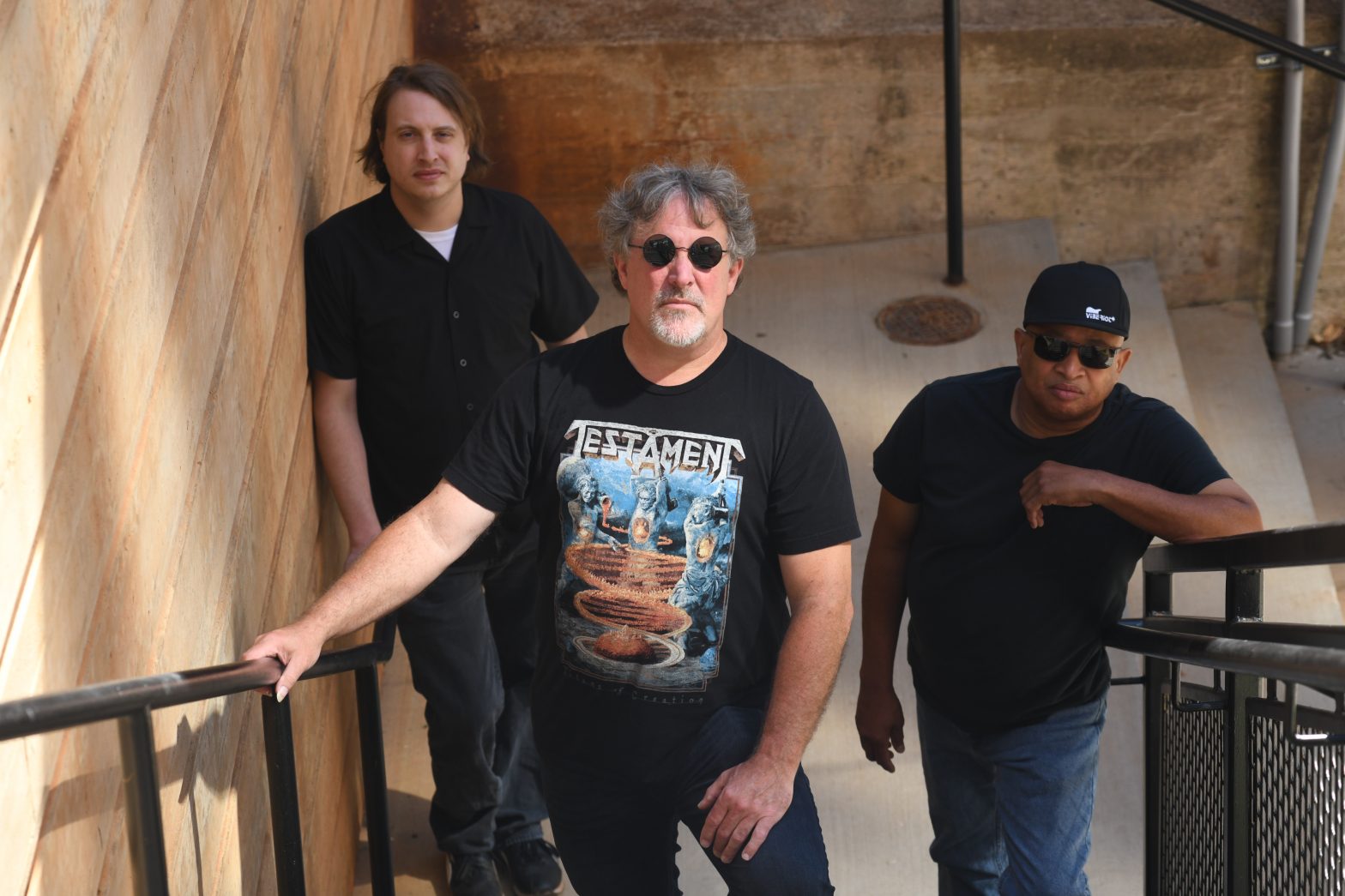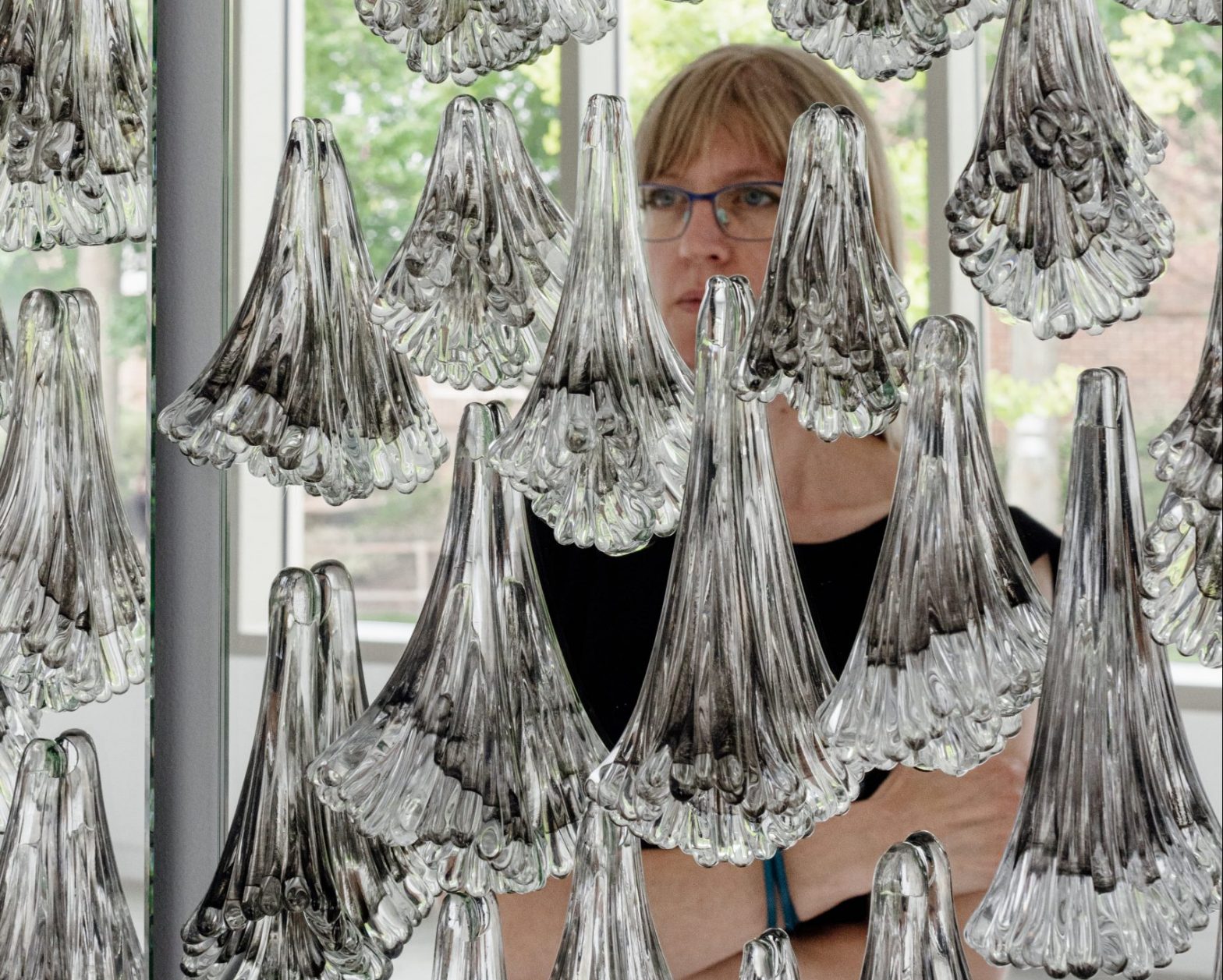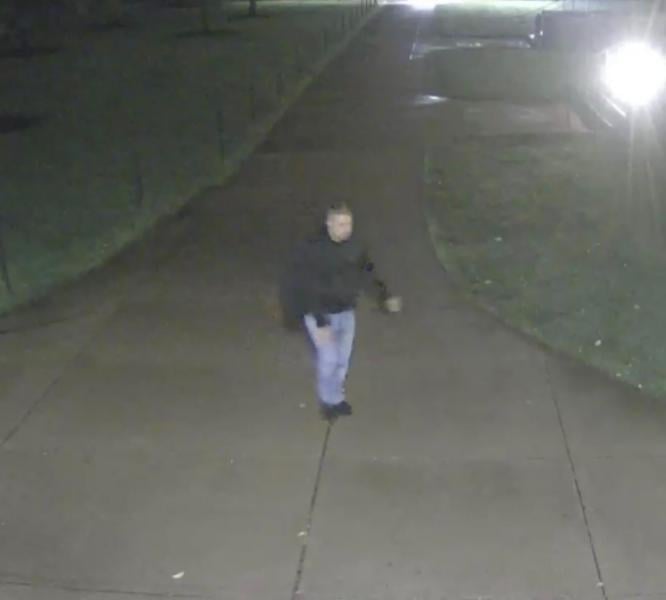Nick Morrow recently took over as president of Cville Pride, adding to his impressive portfolio of professional activism.
Morrow is communications director for Vote.org, the country’s largest nonpartisan digital voter engagement organization. Before landing with the national nonprofit, he led the Human Rights Campaign communications team while living in Washington, D.C., with his now-fiancé.
Morrow recently spoke with C-VILLE about his background, what Pride means in Charlottesville, and Cville Pride Fest, set to pop off on September 17.
What does Pride mean to you?
LGBTQ+ rights have always been near and dear to my heart. I got started in my career in grad school with a PR firm that helped with incoming media requests when the Supreme Court was debating marriage equality. To get involved with that at age 23, that grew the interest in me. As a gay man myself, it is something I really responded to.
What brought you to the Charlottesville Pride Community Network?
I moved down here with my fiancé just because we wanted to move out of the city. His company had an office here, and my job had been fully remote since COVID. But we didn’t even move with that in mind—it just happened. I am from Tennessee originally and went to school at the University of Tennessee. I love Tennessee so much and have a love for the South in general—despite its relationship with the LGBTQ+ community being fraught. When you have a place you love so much—that you call home—not being the most welcoming, it makes it really important to serve the community.
I worked for the Pride organization in Knoxville. That was a passion project for me that launched so many things I’ve done professionally. One of the first things I did when we moved here was reach out to the Pride Network. I just said, “I would love to help.” It had been a transitional moment for the organization coming out of COVID. For an organization that puts on a big festival, being unable to gather was very difficult. I started getting really involved, and the former acting president decided to move out of the area. I talked to people throughout the organization, and they asked that I step into the role.
What does it mean for the group’s big annual event to be back?
Last year was a return to form for the organization. We had the big event at Ix, and we just expect it to balloon from there. I have been really honored to step into the president role, and I’m just working toward the fall and being able to use the skills I have to expand on the community that has been here and doing the work longer than I have. I want to make sure we are serving the community.
As a new Charlottesville resident, what’s your perspective of the LGBTQ+ community?
I think that it is one of the most omnipresent communities I have been a part of. I have never been in a place where so many members of the LGBTQ+ community are prominent business owners, serving in government positions, and being really forward-facing. There are so many people that are the backbone of this community, and I think that is a really special thing that doesn’t exist in a lot of places.
What can an event like Cville Pride Fest do to help the effort?
We are hoping to connect and amplify the community and add something cool and new. We’re not trying to be the biggest organization. We want to work alongside the people already doing incredible work. We’re in the process of nailing down the schedule, but people can definitely expect a market with local vendors. We’ll have some politicians and elected officials come and give remarks. We’ll be about six weeks out from elections here in Virginia, and that will give those people a chance to connect with the LGBTQ+ community. We’ll have local entertainers, drag performers that are so talented and wonderful, local singer-songwriters, and some other things. It’s going to be a great day for people to gather to support local businesses.
How would you describe the national mood around LGBTQ+ rights?
It feels very important this year to have a Pride celebration. It has been a wild year, just in how people in the larger political conversation are talking about LGBTQ+ rights. People are boycotting Target or Bud Light for their inclusiveness. I think that is a troubling trend. We don’t want to let these things rain on our parade during Cville Pride, and it’s important for us not to cave in to that pressure, so being out there and in even stronger force feels extra important. And that underscores my point about supporting local businesses and people that are supportive of us. We’ve seen that is not a given. Sometimes Pride celebrations can go a little corporate, and that comes on tenuous ground.
Why does Charlottesville hold its big Pride event in September instead of June?
So, June is national Pride month, but it is also jam-packed with existing celebrations. A few years back, some Southern cities started moving their events to other months. Atlanta moved to October, Miami moved to April, and Richmond moved to September. We have latched ours to the weekend before Richmond’s. Also, a fun tidbit: I’m getting married on the 23rd of September, so Cville Pride Fest is the Sunday before our wedding, and the Richmond festival is the day after. It is going to be a week full of so much joy and love.
What’s up
Here’s what you can expect to find at this year’s Cville Pride celebration, starting with a kick-off party on September 16.
Saturday, September 16 (Common House rooftop)
Rainbow Disco dance party
Dance the night away while DJ Cadybug spins the tracks.
Sunday, September 17 (Ix Art Park)
Morning (11ish): Vendors open for business
Browse a wide array of vendors, organizations, and other community partners, with a special focus on locals first. “We, of course, also will have a ton of great LGBTQ+ vendors and community leaders providing resources,” says Cville Pride President Nick Morrow.
Early afternoon (1ish): Brief speaking program
Hear some brief remarks from local leaders, folks running for office in the November elections, and from Pride about the importance of Pride and why it’s vital to show up at Pride events.
“It’s only going to help us build bigger and better Prides in the coming years,” says Morrow.
Afternoon (2ish): Entertainment!
Catch drag performers and singer-songwriters putting on a show.
Pride guide: Three vendors to anchor offerings at Cville Pride Fest
The Charlottesville Community Pride Network is experiencing a resurgence with its annual festival now in its second year back after COVID, and three local vendors will headline the event’s all-day market on September 17.
“The people here in the area are really invested in the LGBTQ+ community, and that’s a priority for the festival itself—having local vendors and entertainers, having people connected to the area,” Cville Pride President Nick Morrow says. “We’re still coming off the heels of the pandemic, so giving these folks the opportunity to book gigs … is just really heartening.”
Critter Butts
Joan Kovatch and Dylan West of Critter Butts are still working on their marquee line.
The company, which the partners tagline Queer Feral Trash Creature Art, started as an idea for underpants—specifically, undies with funky characters and captions. Now two years into operation, they’ve yet to produce a panty, but they’re having fun with designs on other canvasses.
When Critter Butts comes to Cville Pride Fest, the two-person design firm will offer T-shirts, tote bags, greeting cards, and stickers, all with their already-beloved designs, like the “be gay do crimes” squirrel and “live fast eat trash” raccoon.
“It’s a mind-blowing opportunity,” Kovatch says. “We’re so delighted to get to share our art with such a huge and joyful crowd—and honestly a little terrified, too. We’ve never done anything nearly this big. It’ll be a blast, though, and we can’t wait to meet all the new queers who might enjoy our work.”
Queer Cville Trainers
Ryan McCarthy and their wife have been putting on movement/outdoor play events for about a year for Queer.ish.cville. In that time, McCarthy says they’ve “connected with a bunch of queer folks in the movement and self-care space.” That’s involved meeting people in countless communities—CrossFit, strongman, yoga, cycling, running, physical therapy, chiropractic…
At Cville Pride, they’ll look to bring together all those communities as Queer Cville Trainers.
“The hope is to set up a space where visitors can meet trainers, learn about welcoming places in town, and also get their hands on some fun mini-challenges,” McCarthy says. “I believe building physical strength and resilience works really well with the broader mission of Pride Fest to celebrate and empower our community and want to show people who maybe haven’t always felt welcomed in ‘gym’ spaces that they definitely do belong and can have fun in the process.”
Out & About Lounge
Festivals are all about fun in the sun, but Jason Elliott also wants to give Pride Fest-goers a place to cool off.
To that end, Elliott will offer up the Out & About Lounge, a shady space located near the festival stage with free water and sunscreen a-flowing.
“It’s a place to relax a little, but people will also be able to take pictures with the entertainers and enjoy everything the day has to offer—without roasting in the sun,” Elliott says.
An active organizer of LGBTQ+ events around town himself, Elliott says Pride Fest’s setting during Virginia Pride Week in September makes it a unique opportunity to celebrate the local community. He plans to partner with multiple local organizations, as well as an international outdoor furniture provider, to give people a comfortable spot to recharge.










